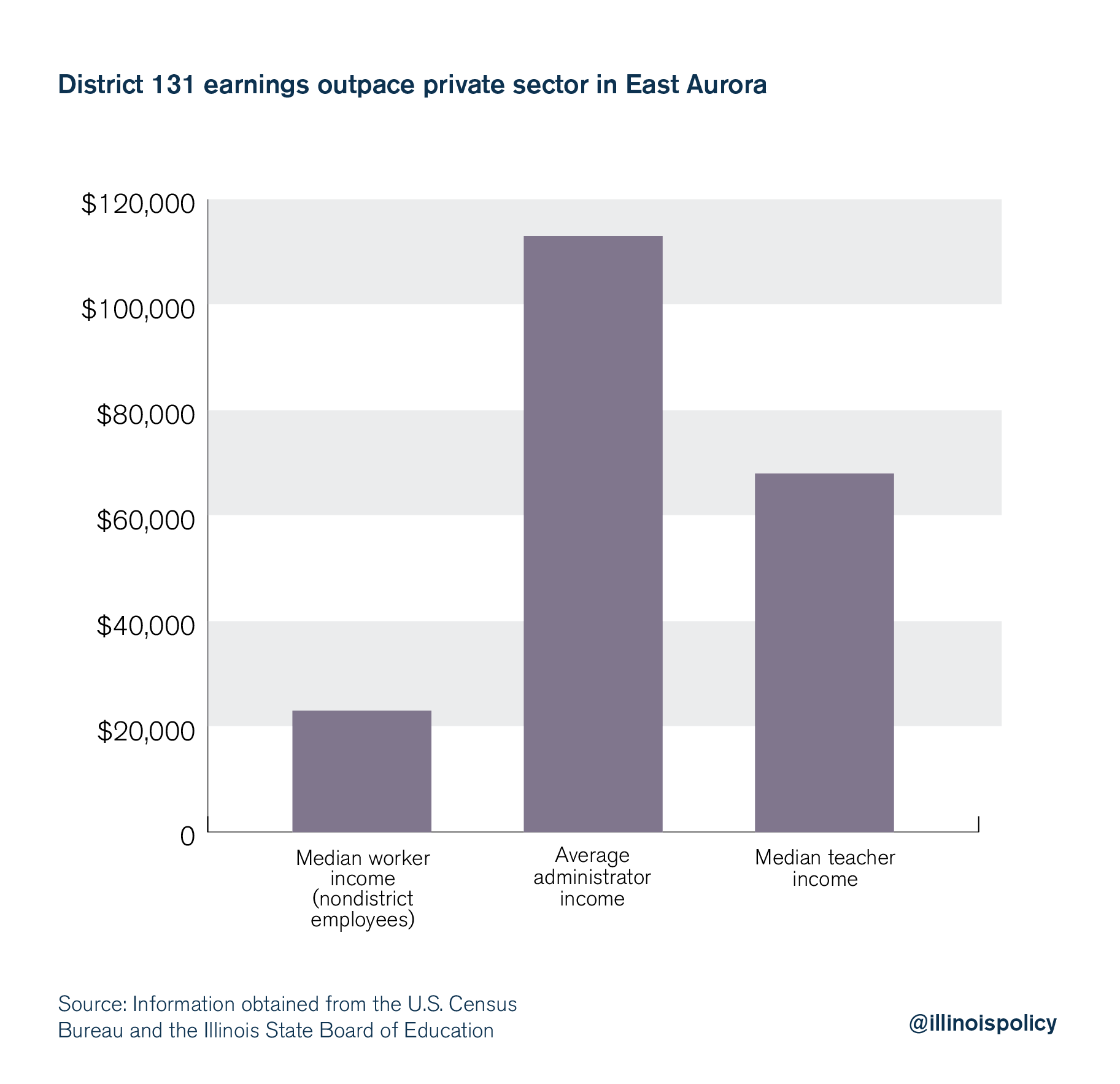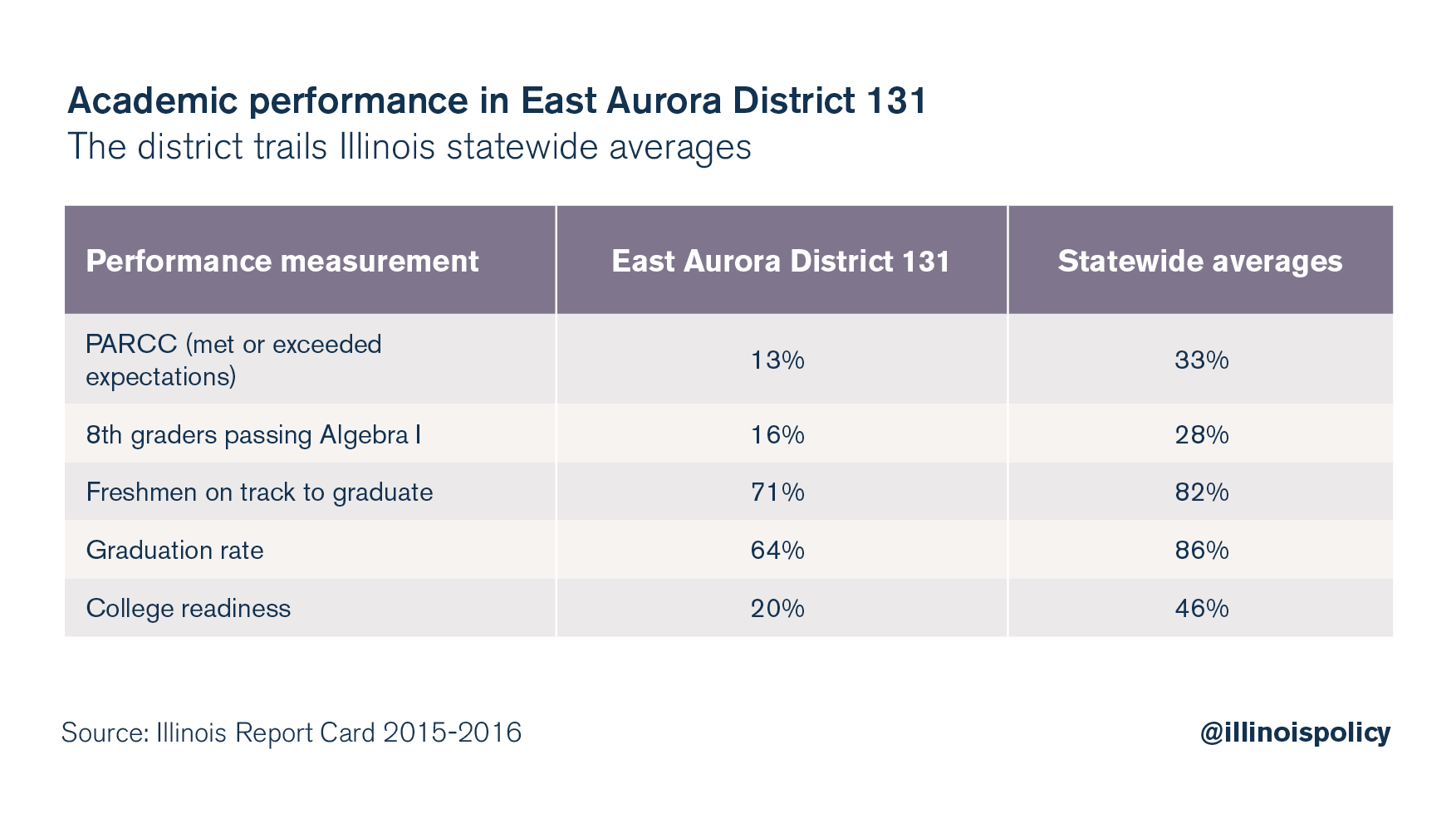In East Aurora, battle over busing is just the tip of the iceberg
In East Aurora, Illinois, the District 131 school board has approved a proposal to provide bus transportation for students, but the teachers union has balked at a quick implementation of the plan.
Most students in East Aurora’s School District 131 have never had bus transportation to school, even if they live miles away. And almost two-thirds of students in the district are considered low-income, which makes it likelier parents struggle just to get their children to school each day.
In what the Aurora Beacon-News referred to as a “historic vote,” East Aurora School District 131’s school board approved a plan in April that could place its students more on par with students in West Aurora, the wealthier part of the city, by offering bus transportation to any student living 1.5 or more miles from school. The decision would affect more than 3,000 students.
School board officials are hopeful increased busing will help raise attendance, test scores and the graduation rate – all goals for the academically underperforming district.
Unfortunately, a union contract could stand in the way.
That’s because day-to-day logistics – such as when and how students are bused to school – must be agreed to by the teachers union. And union officials indicate that could mean an additional year of planning before they will agree to the busing proposal, if at all.
But union power over busing is only one facet of the divide between District 131 and the students and families it serves.
An analysis of the district’s compensation packages for staff shows where the district’s real priorities are, and they’re not centered around busing students. Compensation for administrators and teachers is completely out of sync with that of private sector workers in the area, which makes the failure to prioritize busing for low-income students a black eye for the district.
In the meantime, academic performance in the district is lower than state averages. School attendance and academic performance are inextricably linked.
Transportation could be crucial for East Aurora students.
Yet while the union and school board duke it out over busing logistics – and while district staff continue to accrue multimillion-dollar pension benefits – the low-income students of East Aurora must find their own way to school.
Compensation for District 131 staff is out of line with what area residents earn – and that eats up funds that could be used for student needs
Almost two-thirds of students in the district are considered low-income. According to the U.S. Census Bureau, median earnings for workers in the area were under $23,000 in 2015.
Meanwhile, district administrator and teacher compensation vastly outpaces that of private workers in the area. In 2016, median compensation for full-time district administrators was $113,000. Median teacher compensation was over $68,000.

And then there are pensions.
Current annual pensions for administrators average about $80,000 a year, with an estimated total payout of $2.5 million to $3 million over the course of retirement, according to data obtained from the Illinois Teachers’ Retirement System through a Freedom of Information Act request.
The average total benefit career teachers (30+ years of service) receive over the course of retirement is $2.1 million.
Low-income students shouldn’t miss out on bus transportation while school district employee compensation eats up school district money.
Significantly, the same contract that allows for relatively high compensation for teachers is the same contract blocking immediate implementation of bus transportation for low-income students.
Academic performance in East Aurora tracks below state averages
Academic performance in East Aurora District 131 confirms that the district and teachers union should move quickly to help students. And busing logistics shouldn’t be an obstacle.
In 2016, only 13 percent of students met or exceeded expectations on the Partnership for Assessment of Readiness for College and Careers, or PARCC, tests, compared with a statewide average of 34 percent. Less than 16 percent of eighth grade students passed Algebra I, compared with more than 28 percent statewide. Only 20 percent of students in the district were deemed “college ready,” compared with 46 percent statewide.
In short, students in East Aurora fall behind statewide averages on nearly every metric.

Most students in District 131 have never had bus transportation, even if they live miles from school. Currently, transportation is only provided to special education students, some preschool and kindergarten students, and students in third through eighth grade at a science, technology, engineering and mathematics partnership school at Aurora University.
Ensuring that more than 3,000 students who currently do not have school-provided transportation can get to school could help improve students’ academic performance.
Students get lost in the shuffle under Illinois union laws
When it comes to negotiations over teachers’ contracts, it’s the students who lose. The example in East Aurora bears this out.
To make the plan more economically feasible (and, therefore, more taxpayer-friendly), the school district is considering staggering start times at the schools. That would mean the same buses could make multiple runs – and the district could pay for fewer buses.
According to the district, staggering start times would lower its additional three-year busing costs by between $343,000 and $441,000. And the school board hopes to offset some more of the cost by increasing attendance through the bus transportation, which would affect the amount of aid paid by the state.
But like many school districts around the state, the District 131 teachers’ collective bargaining contract governs school start and end times. Changing the contract means negotiations between the union and the school district.
When and how students are bused to school should not depend on a teachers union – but that’s how the law works in Illinois.
In effect, teachers unions are given veto power over any district logistics that might affect the contract, thus stripping school districts such as East Aurora of the ability to make timely and cost-effective decisions, and making nearly impossible the quick implementation of a program that would benefit students and their families.
In the meantime, those 3,000 students could be without bus transportation for yet another year.
When it comes to union contracts, students’ needs come last.
